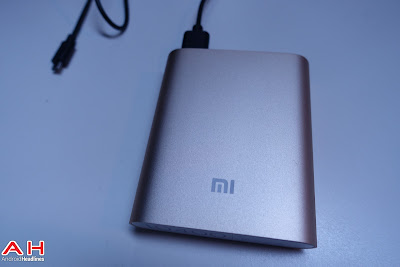 |
| Power Bank Market : $17 Billion By 2020 |
Our devices are changing, acquiring more and more powerful hardware including faster processors and higher resolution screens. For many users, modern smartphones can provide a day of typical use but for some of us, smartphone (especially) and tablet battery life is not enough for a busy day.
As more and more manufacturers are designed devices with integrated, built-in batteries that cannot be replaced, so there are fewer models available where one can easily swap a discharged battery and replace a fully charged battery.
However, this involves ensuring the user has at least one spare battery fully charged and good to go. One alternative to this is to plug the device into a mains power socket, but for many of us this is not a practical solution. Instead, there is something else you can use: a portable battery-powered recharger – also known as a Power Bank.
Power banks are essentially a rechargeable battery typically designed with one or more USB ports and a battery status LED, and may be used to top-up or recharge another device. They contain their own battery, often recharged via a standard MicroUSB port – almost always a lithium ion or lithium polymer battery, which is similar technology to that of a smartphone battery.
It is a rapidly expanding market, fueled by a combination of continued growth in smart devices and the changes of design in these products. The overall power bank market is expected to reach $17.8 billion by 2020, showing a company rate of growth of over 23% between now and then, but there are different sizes of power bank and these are expected to grow at slightly different rates.
Currently, the 9,500 mAh to 12,499 mAh power bank products have the highest market share but the source expects that the higher capacity power banks (แบตเตอรี่สำรอง), those of 12,500 mAh and greater, to experience higher growth going forwards. This is because of the trend of smartphone batteries increasing along with refinements in technology and larger screens: smartphones are using more power during a day and have correspondingly larger batteries, which require a higher capacity power bank.
The source details a report that goes into considerable detail including the battery capacity, the type of power (as in addition to conventional rechargeable batteries, there are also solar powered, chemically powered and gas powered, such as hydrogen), the number of USB ports that the unit provides and the region where they are sold. Currently, the Asia-Pacific region accounts for almost half of all power banks sold and it’s expected to remain as the most prominent buyer of the portable charger technology.
Cr. Android Headline ,bangkok21st ,e-news
No comments:
Post a Comment